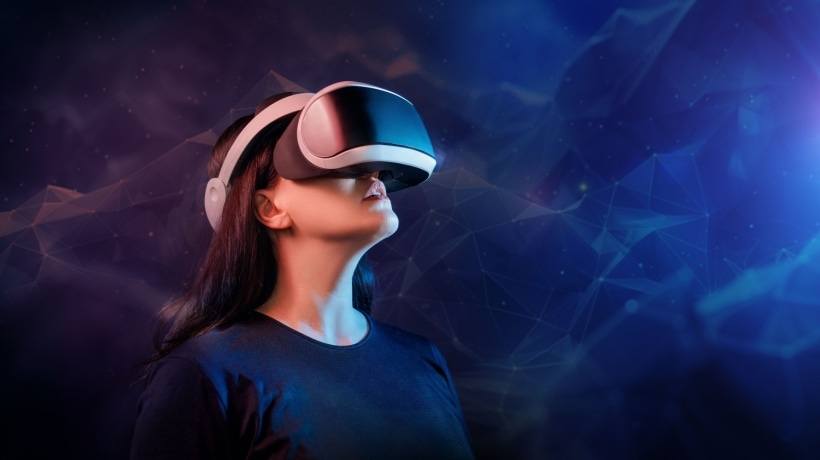Leveraging Game-Based Learning For Employee Onboarding
Modern businesses are realizing that traditional methods of onboarding are no longer effective in keeping new employees motivated and engaged. That's why game-based learning is all the rage, especially during the onboarding stage. This approach involves using game elements to create a welcoming experience for new employees while also bringing them up to speed regarding company policy and their job responsibilities. Below, we'll highlight the best practices for game-based learning for onboarding your new team members, as well as the benefits this can bring to your organization.
6 Ways To Incorporate Game-Based Learning In Your Onboarding Practices
1. Gamification Techniques
Create a series of quizzes or challenges that your new employees must complete during their onboarding process. These could be timed or scored to highlight their importance and urgency. You can also offer badges or other incentives for completing certain tasks or milestones, which can help motivate employees and create a sense of accomplishment. Another idea is to create a scavenger or treasure hunt, prompting new hires to find clues about the company's history and culture around the office or via your LMS, rewarding the first employee to gather them all.
2. Simulations
Simulations train users in a controlled setting. For example, if you're training new customer service representatives, you might create a simulation where they have to handle a series of customer calls or chats. From angry complaints to technical issues, your new hires will be able to practice their problem-solving and communication skills. Similarly, if you're onboarding sales associates, enroll them in a simulation where they have to pitch a product or service to a prospective client.
3. Interactive Videos
Interactive videos will allow users to interact with content in real time, making the process more immersive. For instance, develop an interactive video that introduces new hires to the company, presenting them with different scenarios and asking them to choose the best according to the company's values. Likewise, you could show them the tools and processes that they'll encounter on the job. At the end of it, present them with different tasks and ask them to complete them using the tools demonstrated in the video.
4. Mobile Apps
Mobile apps are easily accessible by everyone who owns a smartphone, so your employees can continue their onboarding process even when they're not in the office. For example, the app might allow new hires to learn about the company through short trivia questions. This way, they can uncover more about the mission, vision, and values of the business. An eBook app offering interactive guides can be used to deliver training materials in a more engaging and informative way. For example, an eBook that features interactive quizzes, videos, and other multimedia elements to keep the new hire interested.
5. Game-Based Assessments
Game-based assessments help your company measure your new hires' understanding of the material and their ability to perform the tasks required for the role. For instance, create a test to see how well your new team members know the company's compliance policies and procedures. The assessment could have multiple-choice questions, true/false statements, and interactive scenarios that test their quick-thinking skills. You can also test their knowledge of technology by including tasks that require them to demonstrate their ability to use specific software.
6. Social Learning
Social learning utilizes social media and other collaborative tools to encourage knowledge sharing. This approach allows new hires to connect with their colleagues and learn from their experiences. For instance, incorporate a social learning platform that allows your new team members to ask questions about their roles and responsibilities. Include discussion forums and chat rooms that facilitate open communication. Finally, consider a mentorship program that includes gamification elements, such as rewards for completing certain milestones, to make it more engaging for both the new hires and their mentors.
The Perks Of Game-Based Learning For Training New Employees
Learning Retention
Games and simulations are effective tools for improving long-term memory retention, as they provide learners with repeated opportunities to practice and reinforce their knowledge, which leads to better job performance. Game-based learning activities are also more engaging than traditional training methods, such as lectures or presentations, as they require active participation. Thus, you're able to capture your new hires' attention and keep them interested in the training material so that they become productive members of the team from day one.
Safe Learning Environment
In traditional training methods, new employees may be hesitant to ask questions or make mistakes for fear of being criticized. In contrast, games and simulations provide a low-risk environment for new team members to experiment with new concepts and ideas. This is ideal for roles that require people to handle sensitive or complex information. A safe and controlled environment through game-based learning helps new hires develop the skills and knowledge they need to succeed in their roles without risking negative outcomes.
Active Learning
Active learning is a teaching method that encourages learners to participate actively in the learning process. Through game-based learning, new hires are required to make tough decisions, solve problems, and apply what they have learned. This promotes deeper learning and helps them develop critical thinking skills.
Team Dynamic
Players frequently need to cooperate in order to solve puzzles or accomplish shared goals in games and simulations. This promotes teamwork among new hires, which may help in developing a sense of community among team members. Companies can help new hires in creating solid working relationships with their coworkers by fostering a collaborative culture and introducing team-building components into game-based learning.
Immediate Feedback
Games and simulations also provide immediate feedback to your new employees, making it easier to know if they're on the right track. With game-based learning, companies are able to help new hires identify areas where they need improvement and make adjustments to their learning paths accordingly.
Conclusion
Your company has the power to create an immersive and enjoyable onboarding experience for your new hires through game-based learning so that they retain information and feel more connected to the company culture and values. However, it's important to keep in mind that what works for one company may not work for another. Thus, it's vital to tailor your approach to the specific needs and goals of the organization and continually evaluate the process. Why not check out our list of the top gamification companies to find the right outsourcing partner for your program?









